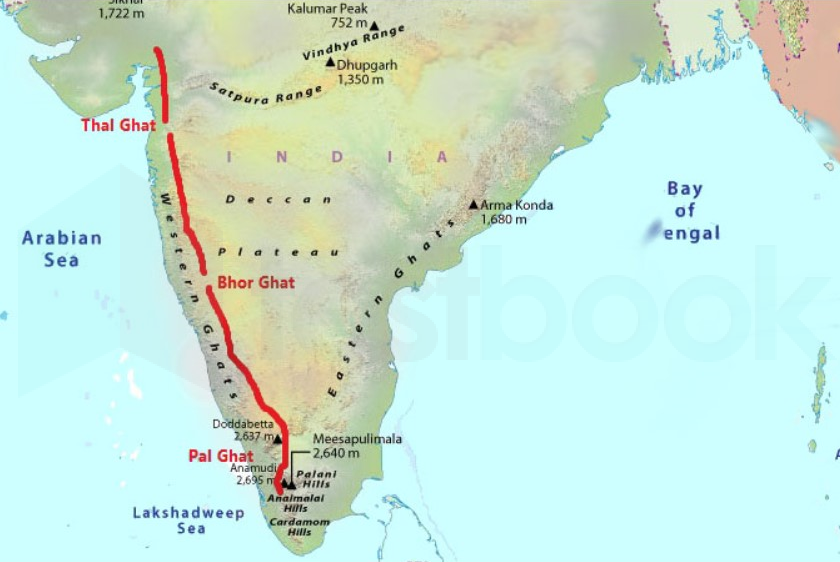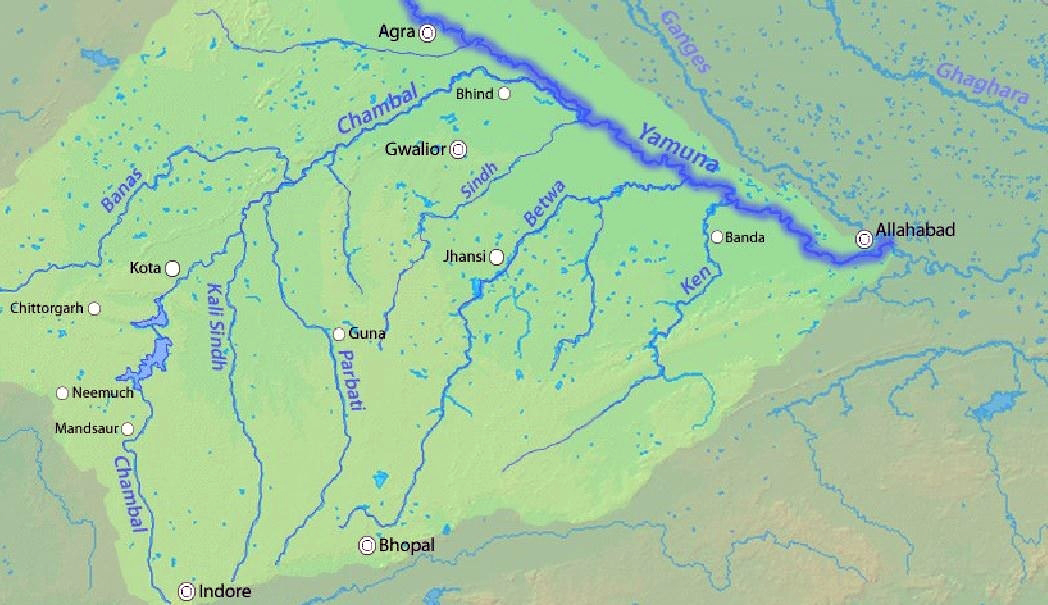With the El Nino phenomenon expected to have an impact on the Indian monsoon this year, there is growing confidence about the emergence of a positive Indian Ocean Dipole (IOD) and its ability to counteract El Nino’s consequences. The Indian Ocean Dipole (IOD), a weaker ocean-atmosphere interaction in the Indian Ocean, has had minimal repercussions in the past but has the potential to mitigate the negative effects of El Nino, particularly in nearby regions.
The Indian Ocean Dipole (IOD) and El Nino are now inactive
IOD:
- The IOD is now in a state of neutrality. This means that there is no considerable temperature difference around the equator between the western and eastern sides of the Indian Ocean.
- However, international climate models indicate that a positive IOD event may occur in the next months.
- According to the India Meteorological Department (IMD), there is an 80% possibility of a positive IOD during the June-August 2023 season. A positive IOD would have ramifications for weather patterns in the Indian Ocean region.
El Nino:
- This year, El Nino has already established itself in the Pacific Ocean. El Nino occurs when the prevailing wind systems weaken, resulting in less warm water displacement in the eastern Pacific.
- This unusual warming of the eastern Pacific has the potential to affect global weather patterns, especially the Indian monsoon. El Nino’s presence raises concerns about its potential impact on Indian monsoon rains.
The interaction between the El Nino Southern Oscillation (ENSO) and the IOD Triggering Mechanism:
- ENSO occurrences, particularly El Nino, can cause a positive IOD to develop in the Indian Ocean.
- External Drivers: While external influences like as ENSO can cause IOD events in some situations, there is evidence that IOD events can also occur as a result of local circulations or subsurface processes in the equatorial Indian Ocean.
- Internal Dynamics: Even when sparked by external forces, IOD events evolve and mature predominantly through internal dynamics. They have the potential to live independently and influence weather patterns in the Indian Ocean region.
- Influence on IOD: During El Nino, the Pacific side of Indonesia is cooler than usual, which influences the Indian Ocean side, resulting in the formation of a positive IOD.
- Mutual Interaction: When both occurrences are strong, the circulation patterns of IOD and ENSO can have an impact on each other. The interaction of the two events can have an effect on the intensity and duration of each occurrence.
- Positive IOD occurrences are frequently related with El Nino, whilst negative IOD events are sometimes associated with La Nina. This link, however, is not absolute, and IOD events can occur independently or with alternative associations depending on the circumstances.
- Strong IOD and ENSO occurrences can have combined effects on weather patterns because their circulation patterns interact and influence one another.
The effects of the Indian Ocean Dipole Rainfall Distribution:
- The IOD has a substantial impact on rainfall patterns in the Indian Ocean region. During a positive IOD, convection and rainfall rise along the African coastline and over the Indian subcontinent. A negative IOD, on the other hand, results in reduced rainfall in these areas.
- Drought and Floods: Positive IOD events can provide above-average rainfall to impacted areas, alleviating drought and replenishing water resources. However, increasing rainfall can cause flooding and other water-related calamities in some locations.
- Agricultural Productivity: IOD has ramifications for agriculture since it impacts rainfall availability and distribution. Positive IOD events can boost agricultural output in impacted areas, however negative IOD events can result in lower crop yields and agricultural issues.
- Fisheries: IOD has an impact on marine ecosystem productivity. Increased upwelling of nutrient-rich waters occurs during positive IOD, which encourages higher fish stocks and improves fisheries. Negative IOD, on the other hand, can disrupt the marine food chain and have an influence on fish populations.
- IOD influences sea surface temperatures, and sustained positive IOD events can contribute to higher sea surface temperatures in impacted areas. This can cause coral bleaching, which harms coral reefs and marine biodiversity.
- Indian Monsoon: The intensity and spread of the Indian monsoon rainfall can be influenced by IOD. Positive IOD events are typically connected with increased monsoon rainfall over the Indian subcontinent, whereas negative IOD events might result in decreased monsoon rainfall.
- Weather Extremes: IOD can contribute to the occurrence of extreme weather events in the Indian Ocean region, such as heatwaves, storms, and tropical cyclones.
- Economic and social consequences: The effects of IOD on rainfall, agriculture, fisheries, and other industries have immediate economic and social consequences. These consequences can have an influence on livelihoods, water availability, food security, and overall economic development in the impacted areas.
El Nino’s Effects on the Indian Monsoon
- Weakening Monsoon Winds: The trade winds that blow from the east across the Indian Ocean diminish during El Nino. These winds are in charge of transporting moisture-laden air to the Indian subcontinent, facilitating monsoon rainfall. Weakening winds restrict the supply of moisture, resulting in less rainfall.
- Delayed Onset: El Nino might cause the Indian monsoon to arrive later than usual. The monsoon season typically begins in June in India, although during El Nino years, the arrival of the monsoon may be delayed, resulting in a late start to the rainy season.
- El Nino events cause below-average rainfall in India due to reduced moisture transport and altered atmospheric circulation. Regional variations exist, with central and northern regions more susceptible to below-average rainfall, while southern areas may experience near-normal or above-normal rainfall.
- El Nino-induced rainfall deficiency causes drought, affecting agriculture, water availability, and livelihoods. Increased temperatures during monsoon season in India cause heatwaves, health risks, and impacts human well-being.
Conclusion
The Indian Ocean Current (IOD) has limited ability to counter El Nino’s effects, but a positive IOD event could be expected in the coming months. Past strong IOD events have shown IOD’s potential in compensating for monsoon rainfall deficits.
Source: https://indianexpress.com/article/explained/explained-climate/indian-ocean-dipole-what-is-it-how-it-can-limit-el-nino-effects-8689360/









